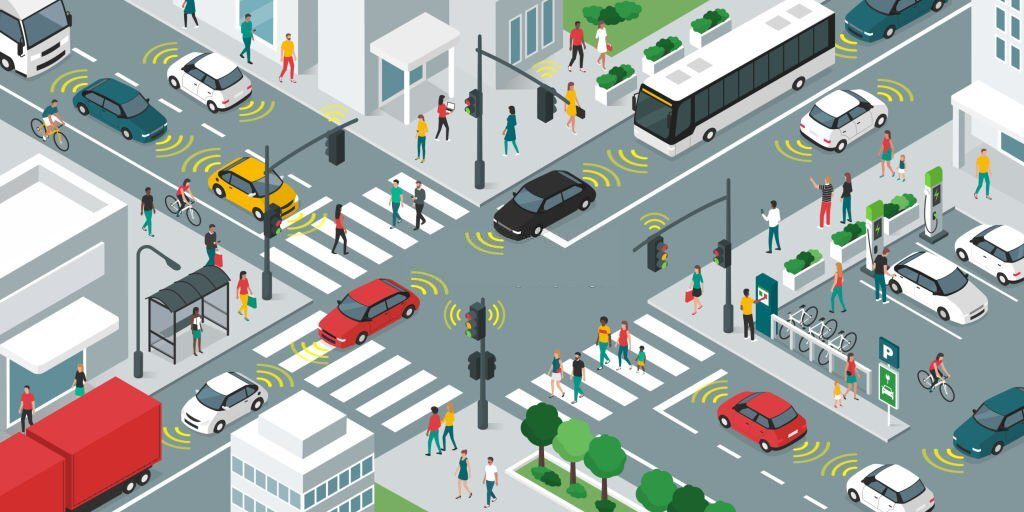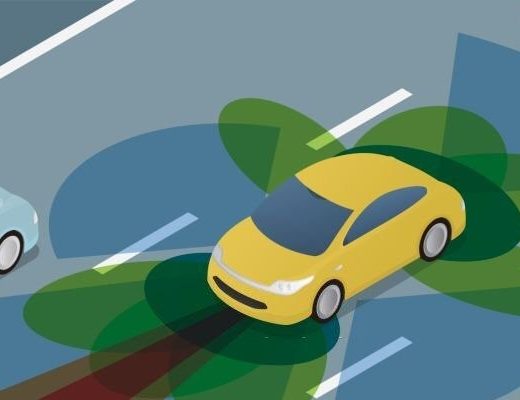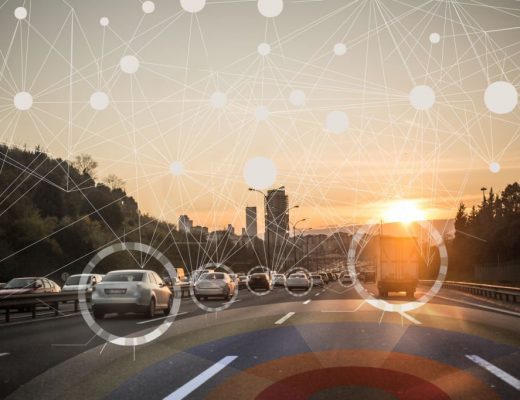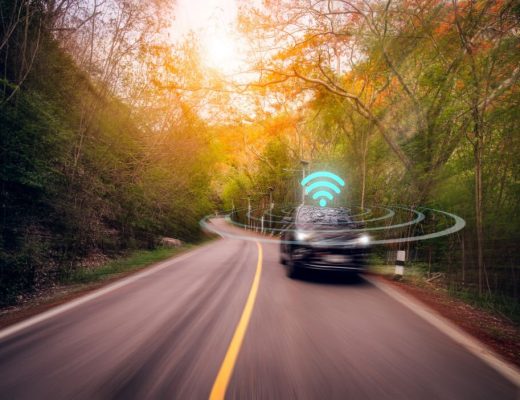Road accidents are a global concern, claiming over 1.35 million lives and causing 50 million injuries annually. With a population of 1.3 billion, India significantly contributes to these alarming statistics. In 2019 alone, India witnessed 437,396 reported road accidents, resulting in the tragic loss of 154,732 lives. The actual numbers could be much higher, considering unreported accidents. To put the gravity of these fatalities into perspective, the death toll from road accidents in 2019 was on par with the number of lives claimed by the COVID-19 pandemic in India.
Various factors contribute to the high number of accidents in India, including overspeeding, lane violations, signal jumping, poor road engineering, and more. Furthermore, delays in emergency care reaching accident victims exacerbate the fatality numbers. Congestion and poorly managed roads often hinder emergency services like ambulances and fire engines, resulting in critical delays that cost lives.
To address these pressing concerns and enhance road safety, a solution lies in enhancing communication between commuters, vehicles, and roadside infrastructure. A wireless communication standard for automobiles known as “Vehicle-to-Everything”, or V2X, is now emerging as a game-changer for India’s traffic landscape.
The Potential of V2X Technology
V2X technology aims to improve the safety and security of commuters and pedestrians on roads while enabling future advancements like autonomous driving. Countries such as Japan, the United States, China, and Europe have already adopted wireless communication in automobiles, and major players in the automotive industry manufacture vehicles equipped with V2X capabilities.
DSRC V2X vs. C-V2X: Finding the Optimal Solution
DSRC V2X and C-V2X are the primary technologies used for V2X communications in automobiles. DSRC V2X operates in the 5.8-5.9 GHz Super High Frequency (SHF) band and the 500-800 GHz Ultra High Frequency (UHF) band, providing real-time, direct communication without needing base stations. On the other hand, C-V2X utilizes cellular bands (4G/5G) and requires communication to be relayed through base stations, resulting in higher data capacity but not real-time communication.
A Hybrid Strategy for India’s V2X Adoption
Considering India’s unique traffic landscape with congested and heterogeneous traffic environments, a combination of DSRC V2X and C-V2X seems to be the ideal solution. DSRC V2X, with its better wraparound capabilities and direct communication, can be used in safety-critical applications, while C-V2X can be utilized for non-safety applications.
The Journey of V2X Adoption in India
Though adopting V2X has been relatively slow in India, there have been notable trials and experiments to improve traffic management and emergency vehicle response. Zero Sum ITS Solutions, a Japanese Intelligent Transportation Systems provider, conducted experiments using V2X communications to improve travel times for emergency vehicles in Ahmedabad.
As the acceptance of V2X technology grows globally, India must adopt a hybrid strategy that incorporates both DSRC V2X and C-V2X. With the rapid growth of smart cities and connected cars in India, V2X is poised to see faster adoption across various sectors. Collaboration among automotive manufacturers, civic agencies, highway authorities, traffic police, telecom operators, and traffic infrastructure agencies is crucial to developing a robust V2X strategy tailored to India’s unique needs.
Metro Infrasys: Driving India’s V2X Vision
As a leader in advanced traffic management solutions, Metro Infrasys is committed to driving the adoption of V2X technology in India. By harnessing the power of DSRC V2X and C-V2X, we aim to revolutionize India’s traffic landscape, reducing accidents, saving lives, and creating a safer and more efficient transportation network.



